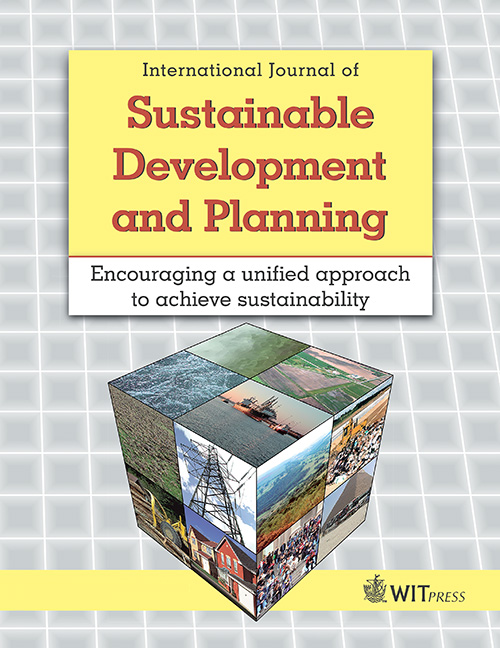NEW ARCHITECTURES TRANSFORMING THE URBAN LANDSCAPE
Price
Free (open access)
Volume
Volume 2 (2007), Issue 2
Pages
16
Page Range
167 - 183
Paper DOI
10.2495/SDP-V2-N2-167-183
Copyright
WIT Press
Author(s)
R. PAPAGEORGIOU-SEFERTZI
Abstract
In this digital epoch and information society, current thinking and research in architecture seems to be significantly transformed. The digital means and digital architecture reveal not only a different way of representation but also a different way of thinking, generating and materializing space and form. These new concepts, techniques and processes of design break the existing codes of modern architecture and introduce new ones. In the search for a unifying architectural discourse, this article examines three aspects of recent and current projects, which overturn previous morphology. Namely: topography, i.e. the relationship between a building and its site, the surfaces, i.e. the visible skin of the buildings, and hyper-projects, i.e. hybrid mega structures that mix private and public urban life. In terms of topography, the surface of the earth seems to move and extend itself in complex curvatures through buildings. These complex geometries, borrowed from physics, supersede the customary distinction between object (building) and site. As far as surfaces are concerned, the old dialectics between supports and weights are abandoned for continuous surfaces that are folded, curved or layered. Finally, recent hyper-projects form a kind of paradigm of the metropolis itself, superseding the old distinction between private and public space. These architectural metamorphoses point to a new paradigm shift.
Keywords
digital architecture, flow, folds, hyper-projects, organic, smooth, surfaces, topography.




